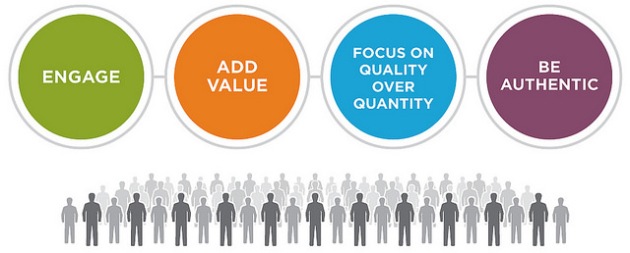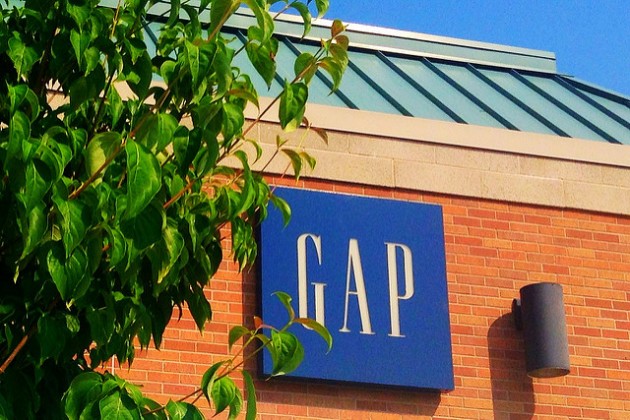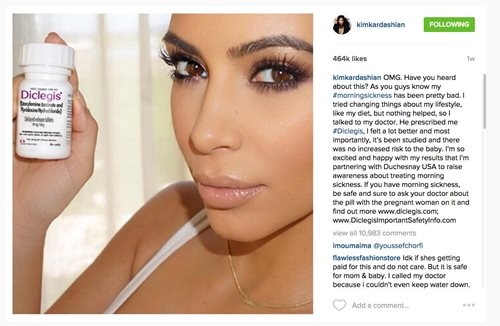When it comes to choosing an influencer for your brand it is not a numbers game.
Micro-influencers have a niche audience of dedicated followers wherein quality trumps quantity.
Recently deemed the marketing force of the future, micro-influencers usually have between 10K and 500K followers on each of their social platforms.
A common misconception is that an influencer must have a following 10 times the actual amount needed to bring value to a brand, but this is far from the truth! In fact, the World Federation of Advertisers (WFA) found that 96% of brands placed “quality of followers” at the top of their influencer checklist. “Credibility and reputation,” was a close second.
Lifestyle blogger Jordan Santos @jordanrisa partners with brands like Michael Kors and Dolce Vita. OPI recently named her their “it girl.” She also has a knack for social advocacy and is on a mission to help end drunk driving by any means possible.
https://www.instagram.com/p/BnG5xC7hHRh/?taken-by=jordanrisa
In her Instagram post above, Santos sports Michael Kors sneakers and a D.A.R.E t shirt—seamless execution of combining style and social advocacy.
Fitness and wellness guru Michelle Carigma @_modernfit has partnered with nearly all of the big names in sports—Addidas, Nike, and Under Armor—to name a few. She has also worked with Victoria Sport, Wanu water, Beats By Dre and Panera Bread. Like @jordanrisa, Carigma also works to intertwine style and social advocacy. Carigma pioneered the #WCWoman social movement which strives, “to break conformity and introduce the influential power of the modern woman.”
https://www.instagram.com/p/BnO5WzJABtT/?taken-by=_modernfit
Engagement plays a huge role when looking at the quality of an influencer’s followers. A smaller following means higher engagement rates which parlays into more influence by said micro-influencer. Conversely, a macro-influencer with a larger following likely has lower engagement rates.
Not only is engagement measured in likes and comments but also by the ultimate trust an influencer must gain from their followers. Micro influencer, Nicholas Pakradooni has an average engagement rate of 6.57%. To put that in perspective, Kylie Jenner who is also in her early 20s averages at 3.84%.
Fashion influencer Nicholas Pakradooni @cholpak collaborates with brands such as H&M Man, ASOS, Swatch and Topman.
When it comes to authenticity, celebrities pale in comparison to micro-influencers. Partnering with micro influencers who are genuine in their shared interests and likeness for your brand can be more mutually beneficial than partnering with celebrity macro influencers.
photo credit: Automated Social (Flickr)








